Located in the port city of Kobe, this museum is a great place to visit. The museum provides an insight into Japanese construction ceremony traditions, traditional architecture and as the name suggest, carpentry tools.

With free English audio guide available and informative videos located through out the museum, it is easy to understand even if you don’t read Japanese.
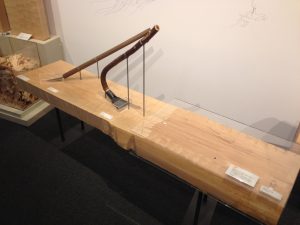
The traditional method of smoothing out the wood. Looking at this, it gave me a new found appreciation for the carpenters in the older days…and for electric tools.
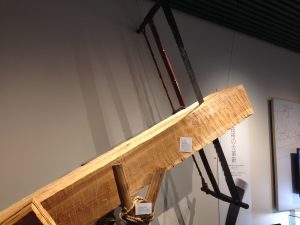
In order to make planks, this giant saw was used.
A great deal of precision must have been required in order to saw out a 3 centimeters thick, 2 meters long plank.
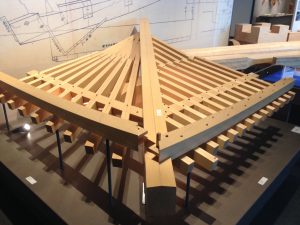
A structure of a roof corner. There’s a long, confusing (at least for me) method of working out the length and the angles required for every part – all done using only a carpenter’s square.
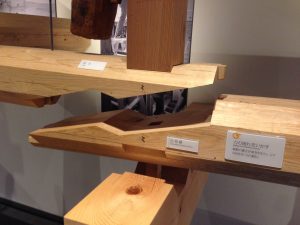
Examples of the joinery used. These methods are still used today. The one on the top is still made by hand as it is too difficult for most machines to make (the sloping bit). However, some joints, like the one on the bottom, is now mostly made by machines.

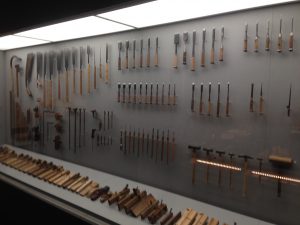 The array of tools on display. Displays mostly feature the many types of saws, chisels and planes. Furthermore, tools from other countries are also on display.
The array of tools on display. Displays mostly feature the many types of saws, chisels and planes. Furthermore, tools from other countries are also on display.
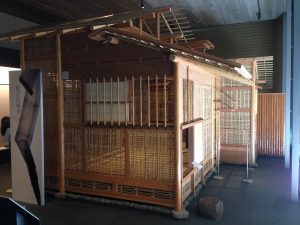 A Japanese tea house model. The plastering is not done, allowing you to see the structure. Plus, you are actually able to go in and marvel at the details.
A Japanese tea house model. The plastering is not done, allowing you to see the structure. Plus, you are actually able to go in and marvel at the details.
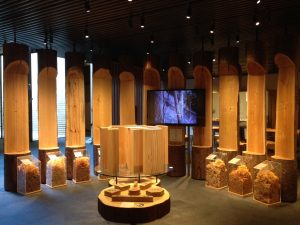
The main species of wood used for construction. Plane scraps are available in the box, allowing you to feel and smell.
A little Quiz
This glass of sake has an arrow through it. The arrow rod is in one piece. How does it not leak?
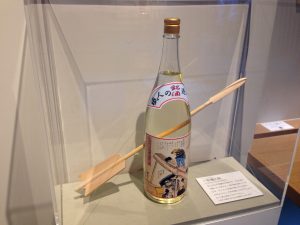
Answer: First, hammer the head of the rod so that it is the same size as the hole in the glass. Once the rod is through, use a steam iron to bring the rod back to its original size. This trick is done by taking advantage of wood’s nature; it easily compresses in the parallel to grain direction.
This joint looks all the same from all four sides. How is it done?
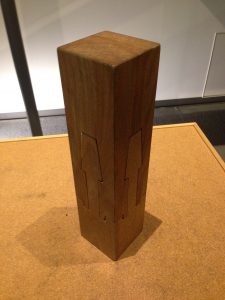
Not sure? I will attempt to make one soon. Keep tuned for the update!
